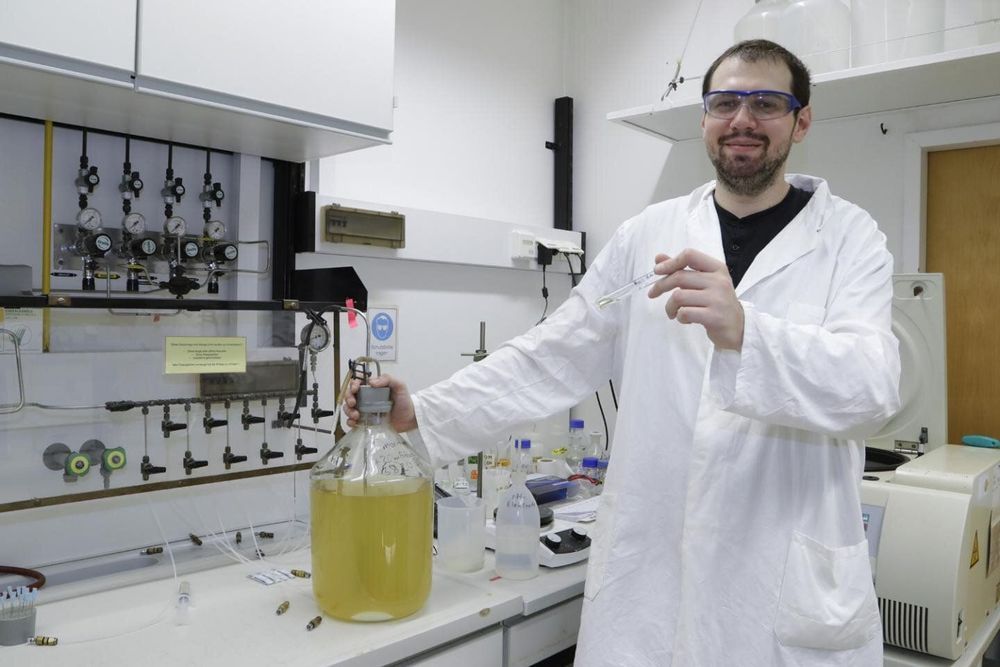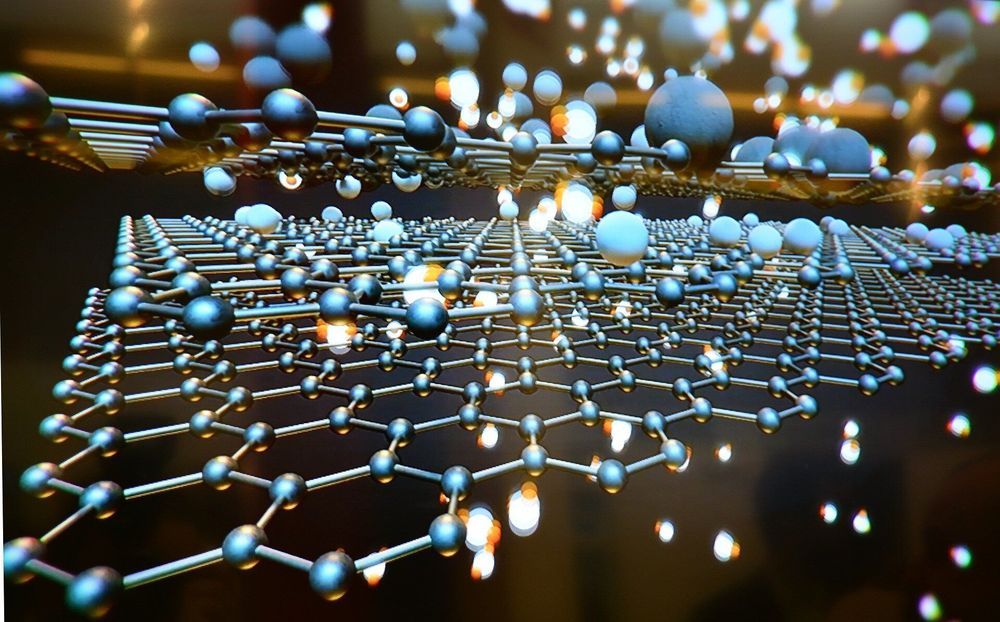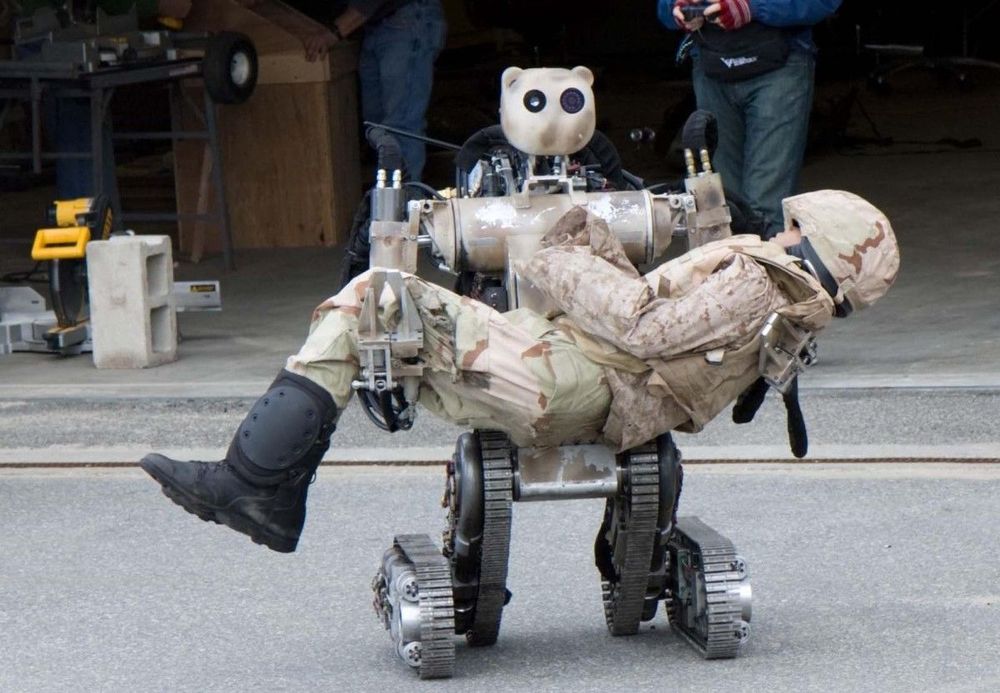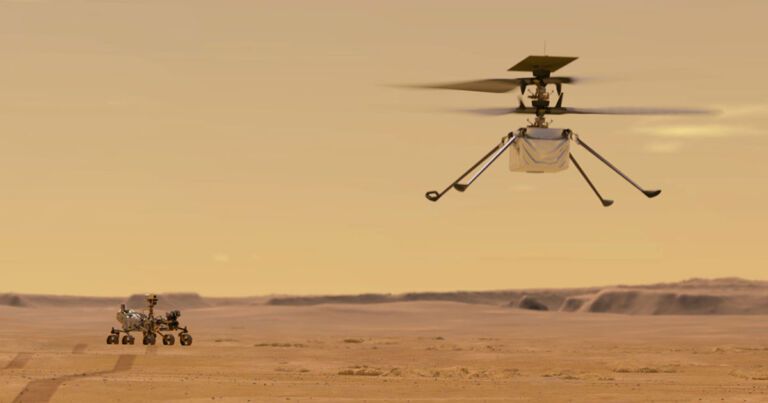Aug 7, 2020
New Intelligence Shows China Is Building More Type-075 Assault Carriers
Posted by Quinn Sena in category: military
The Chinese Navy is expanding at an incredible pace, rapidly outstripping almost all other navies. A year ago it had no amphibious assault carriers (termed landing helicopter docks). These large helicopter carriers are often the most powerful ships in many navies, and almost all navies want them. Fast forward a year’s time and they will likely have a fleet of them second in size only to the U.S. Navy. And China is building them quicker.
The rapid construction of Chinese Navy (PLAN) warships is hard to keep up with. China’s new Assault Carriers are known as the Type-075 LHD. They have already launched two in the past year. And now images have emerged on Chinese-language social media that, perhaps unwittingly, reveal yet another.
This equates to an assembly time in dry dock of about 6 months. It is difficult to make direct comparisons to the U.S. Navy because the construction approaches vary, and America is not in the same rush. But for context the U.S. Navy’s second America Class assault carrier, USS Tripoli, was laid down in June 2014 and launched in May 2017. 2 years and 10 months later.

















